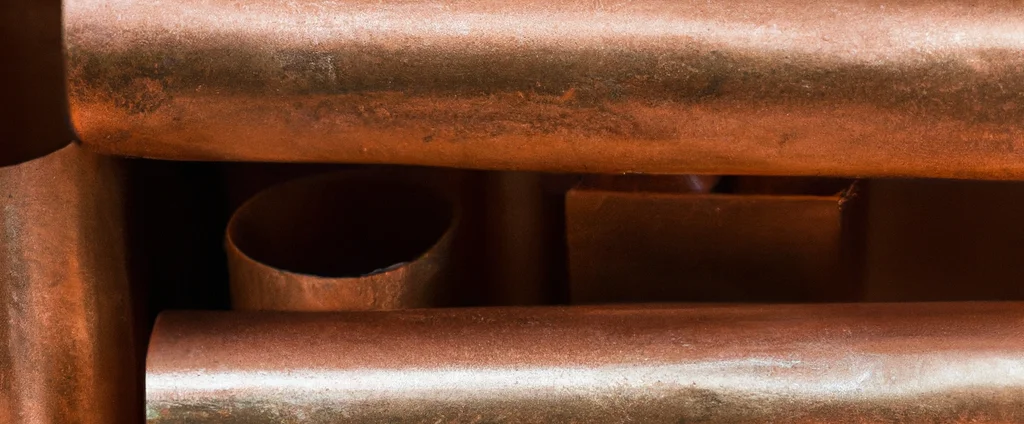Phospher Bronze (UNS C52400)

Phosphor Bronze C52400 is a high-performance copper alloy known for its exceptional spring properties, wear resistance, and electrical conductivity. It is widely used in electrical components, springs, and musical instruments.
| Chemical Composition | ||
|---|---|---|
| Element | Min | Max |
| Copper | 88.3% | 90.07% |
| Iron | —— | 0.1% |
| Lead | —— | 0.05% |
| Phosphorus | 0.03% | 0.35% |
| Tin | 9.0% | 11.0% |
| Zinc | —— | 0.2% |
The following table provides a list of bronze C52400 properties in both SI and US customary/Imperial units.
Click on the button to switch between Metric and Imperial units.
| Physical Properties | Metric |
|---|---|
| Density | 8780 kg/m3 |
| Mechanical Properties | Metric |
| Tensile Strength (Ultimate) | 450 - 880 MPa |
| Young’s Modulus (E) | 110 GPa |
| Shear Modulus (G) | 41 GPa |
| Poisson’s Ratio (ν) | 0.34 |
| Thermal Properties | Metric |
| Melting Point | 845 - 1000 °C |
| Thermal Conductivity | 50 W/m·K |
| Specific Heat Capacity (Cp) | 380 J/kg·K |
| Coefficient of Thermal Expansion (αL) | 1.84×10-5 1/°C |
| Electrical Properties | Metric |
| Electrical Conductivity | 6.38×106 S/m |
| Electrical Resistivity | 1.57×10-7 Ω·m |
The values in this table are approximate and can vary depending on various factors such as the specific manufacturing process and heat treatment applied to the alloy.
Advantages & Disadvantages of Phospher Bronze C52400
| Advantages | Disadvantages |
|---|---|
| High strength | High cost |
| Corrosion resistance | Limited heat resistance |
| Wear resistance | Not suitable for high-friction applications |
| Good formability |
Applications of Phosphor Bronze C52400
Phosphor Bronze C52400 is a versatile alloy with a range of applications across different industries. Key applications include:
- Electrical Connectors: The alloy’s excellent electrical conductivity and corrosion resistance make it suitable for electrical connectors, terminals, and contacts.
- Springs and Fasteners: With high strength and good fatigue resistance, it’s ideal for manufacturing springs, fasteners, and other components that require both strength and elasticity.
- Bearings and Bushings: Its wear resistance and low friction properties make it suitable for manufacturing bearings, bushings, and other sliding components.
- Valve Parts: The corrosion resistance and durability make it a suitable material for valve components, such as valve stems and valve guides.
- Musical Instruments: Commonly used in musical instruments, particularly for guitar strings, due to excellent acoustic properties, corrosion resistance, and durability.
- Aerospace and Defense: Used in applications such as aircraft connectors, electrical contacts, and precision mechanical components, where mechanical properties and corrosion resistance are required.
- Automotive Industry: Utilized in applications such as electrical connectors, fuse clips, and bushings, where electrical conductivity and corrosion resistance are advantageous.
